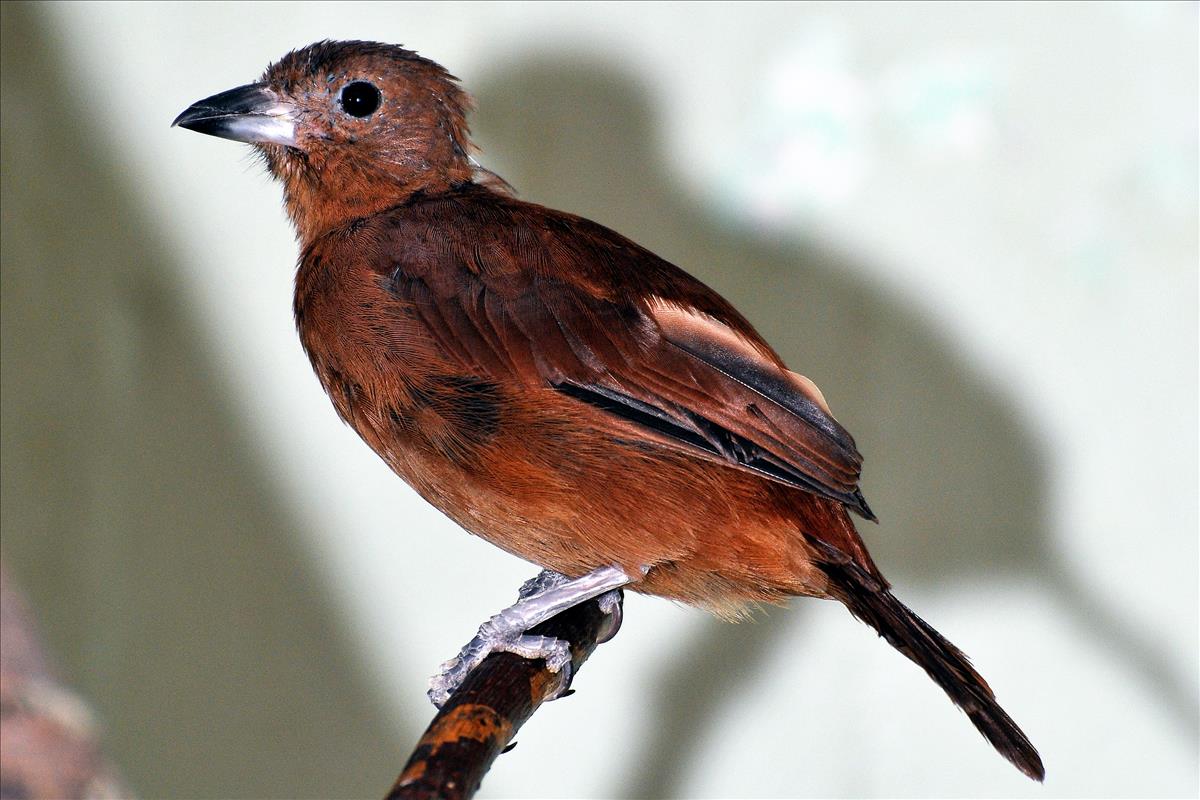Alerts
Please be advised that our bird aviaries are open!
Your Toronto Zoo is committed to the health and safety of the animals in our care. We take proactive steps to protect our birds from Avian Influenza which has been confirmed in a wild bird in southern Ontario, and some birds may still be off display.
Please note Splash Island is still closed and will not open until July due to unforeseen delays in construction. Please watch for updates on https://www.torontozoo.com/tz/splash or on our social media pages. Thank you!
Please note the following animals are currently not on display due to various reasons including Avian Bird Flu, and Covid-19 sensitivity:
- Flamingo, peacock, owl, bald eagle, and aviaries
- Some Kids Zoo Animals
- Cougar
- Moose
- Kangaroo walk through (kangaroos are still visible)
- Axolotl
We apologize for the inconvenience!


Bird
Location at the Zoo:
Americas
Region: South America
White-lined tanager
Tanagers are famous for their colourful and patterned plumage; the white-lined tanager however has rather subtle colours. The colouring of the male is a lustrous blue-black with white underwing coverts and a small white line on the shoulder. These white areas are conspicuous in flight but otherwise rarely visible. Females are cinnamon in colour. The rump and tail of the female have a more reddish-brown colour with a splash of gray on the head. They measure between 13 and 18 cm and have short, sharply pointed beaks.Conservation Status: IUCN
